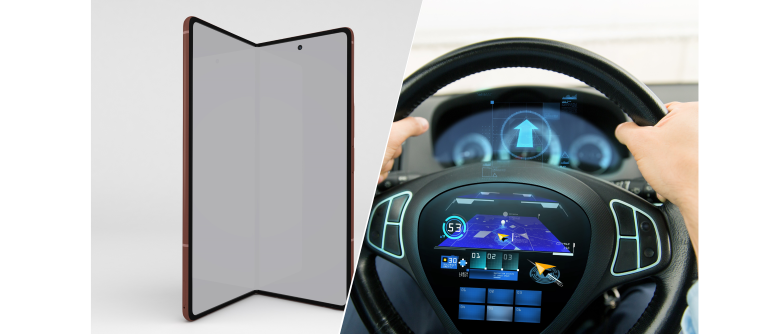Optical Technology Innovation Will Lead the Hardware Technology Upgrade of the Consumer Electronics Industry
- 2023-03-23 10:58:32
- Source:CIOE
- News label:Optical Technology, Consumer Electronics

The consumer electronics industry has faced multiple challenges in supply and demand for the past two years. The entire sector has been suppressed, whether it is performance or valuation. At present, the supply problem has been alleviated, while the shortage of semiconductor chips has been solved, and the market will recover with the introduction of the policy. The entire consumer terminal market will have a smoother recovery process. Among them, there will be some new terminal categories of catalysis. Optics as a big track in consumer electronics has many downstream applications, and each application will develop rapidly in the next 3-5 years. After that, some optical technological innovations will also lead to hardware upgrading and development in the entire industry.
High-end mobile phone demand is increasing, focusing on folding screens.
The folding screen is another major innovation in the appearance of smartphones after the full screen. Its large size, foldability, and easy portability greatly improve the user experience. Data shows that in the third quarter of 2022, China's single-quarter shipments of folding screen products exceeded 1 million, a year-on-year increase of about 246%, the largest single-quarter order in history. At present, there are three main folding forms: inner folding, outer folding, and flip. The flip phone has a beautiful appearance, and easy to carry. It is expected that the flip phone will dominate in the future. Major mobile phone brands accelerating the exploration of flexible displays, such as Apple, VIVO, Huawei, Honor, etc.
Another mobile phone innovation revolves around the camera. For example, a multi-camera configuration in lens direction, the introduction of glass-plastic hybrid lenses to achieve pixel upgrades and CIS achieves higher resolution, larger photosensitive area and miniaturization of packaging modules.
Automotive intelligence makes the HUD become standard, and the strength of domestic suppliers is highlighted.
According to MarkLines data, China's sales of new energy vehicles reached 3.3238 million units in 2021, 167.59% increase and accounting for 51.88% of the global wholesale sales of NEV. From January to August 2022, China's cumulative sales of new energy vehicles reached 3,643,600 units, which has exceeded the whole year of 2021. Now, China has led the world in the field of NEV.
In the era of automotive intelligence, automobiles have gradually transformed from traditional travel tools to a third space outside of residential and office spaces, and OEMs are committed to building intelligent cockpits into a space that provides scenario-based services through on-board software and hardware, onboard networking and human-computer interaction technologies, providing users with an "intelligent mobile space". Driven by intelligent driving vehicles, HUDs are expected to go further in passenger car installation and become system standard, and the industry will usher in an explosive period.
According to the QYResearch’s China Automotive HUDs Market Report & Forecast 2022-2028, The global automotive HUD market was expected to reach US$2.2 billion in 2022, with a CAGR of 9.5%. By 2025, the penetration rate of automotive HUDs is expected to reach 45%, with a CAGR of 71% from 2019 to 2025.
HUD (Head Up Display) is a system that displays speed, fuel consumption, tire pressure, and central control infotainment information on the front windshield, which can reduce the frequency of looking down at the instrument cluster and improve driving safety. The technical iteration of HUD is divided into C-HUD, W-HUD, AR-HUD. W-HUD is the current market mainstream, AR-HUD is the future trend.
The PGU (Picture Generating Unit) and the freeform mirror are the core components of the HUD. At present, the projection technology used by PGU mainly includes TFT-LCD (Thin Film Transistor Liquid Crystal Display), DLP projection (Digital Light Processing), laser scanning projection, LCOS (Liquid Crystal on Silicon) projection, etc. TFT-LCD is widely used in W-HUD, DLP is currently the most mature technology in the AR-HUD space, but its cost LCOS-based AR-HUD solutions are advancing rapidly and may become mainstream in the future.
Media Contact:
Ethan
ethan.li@cioe.cn